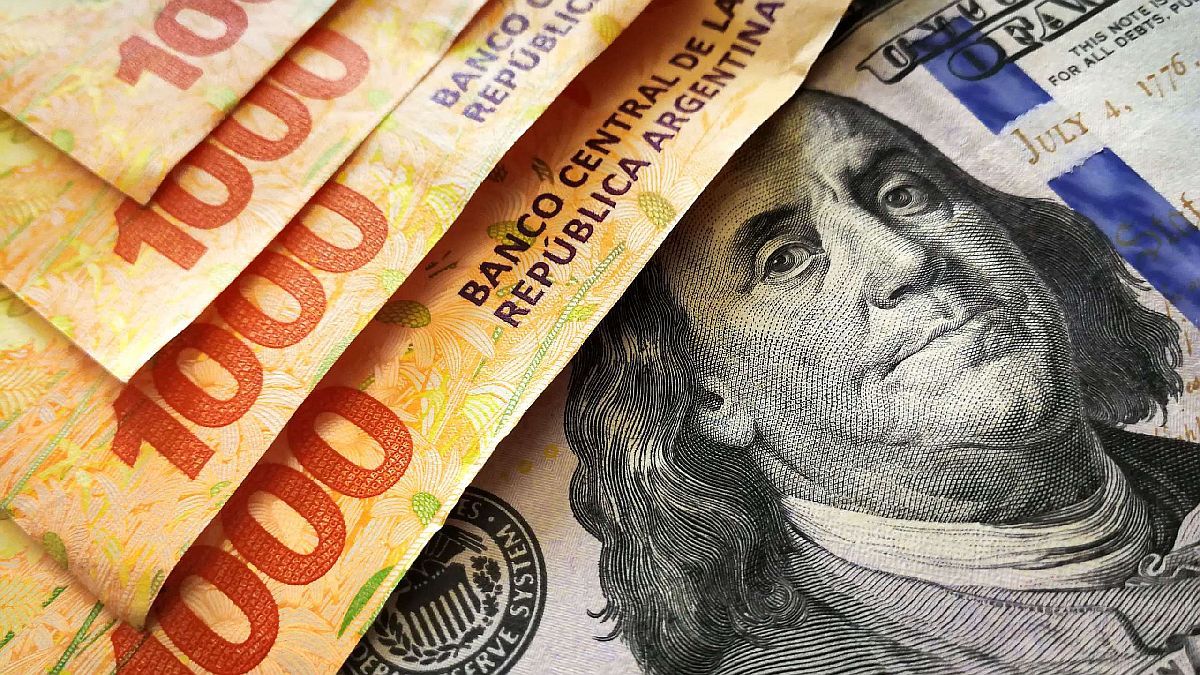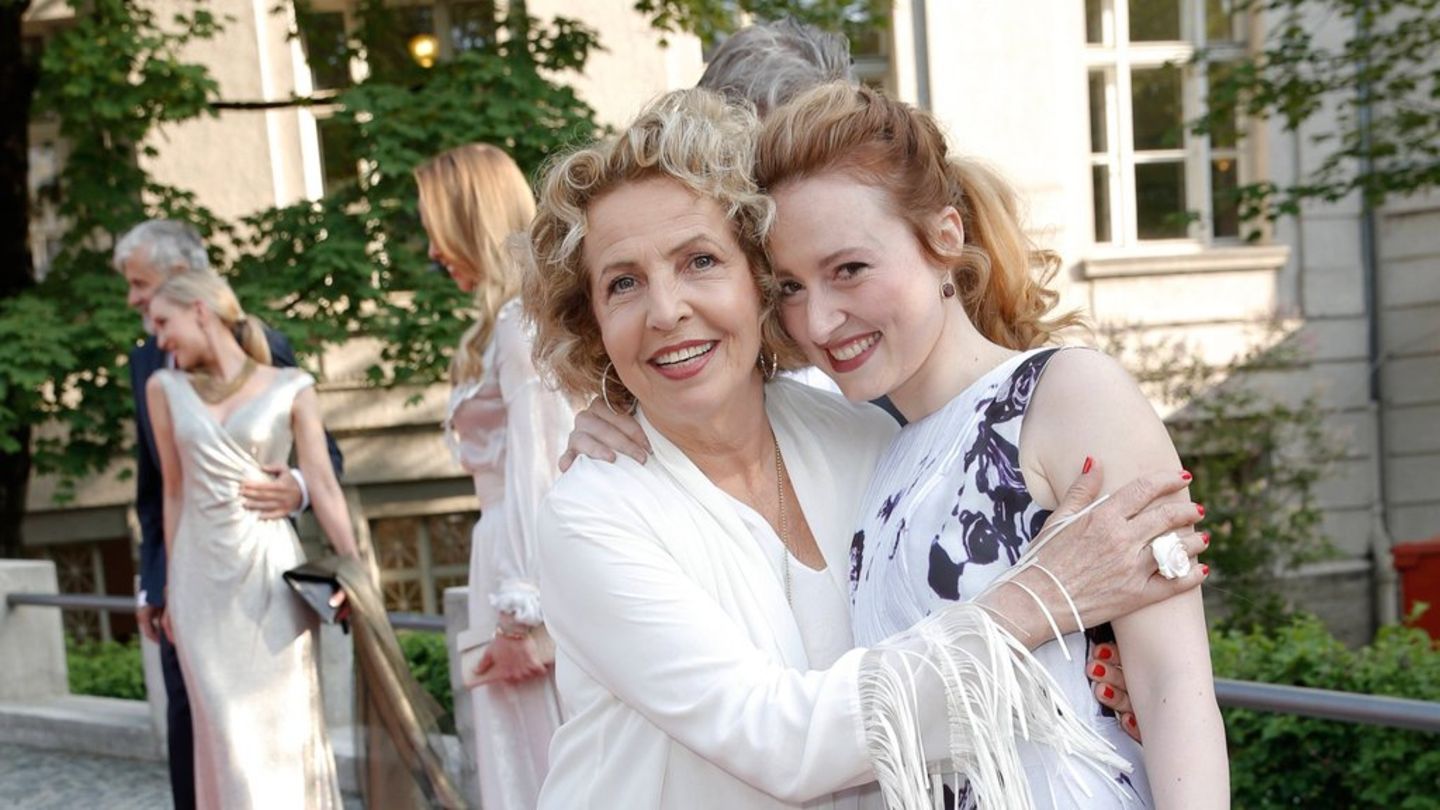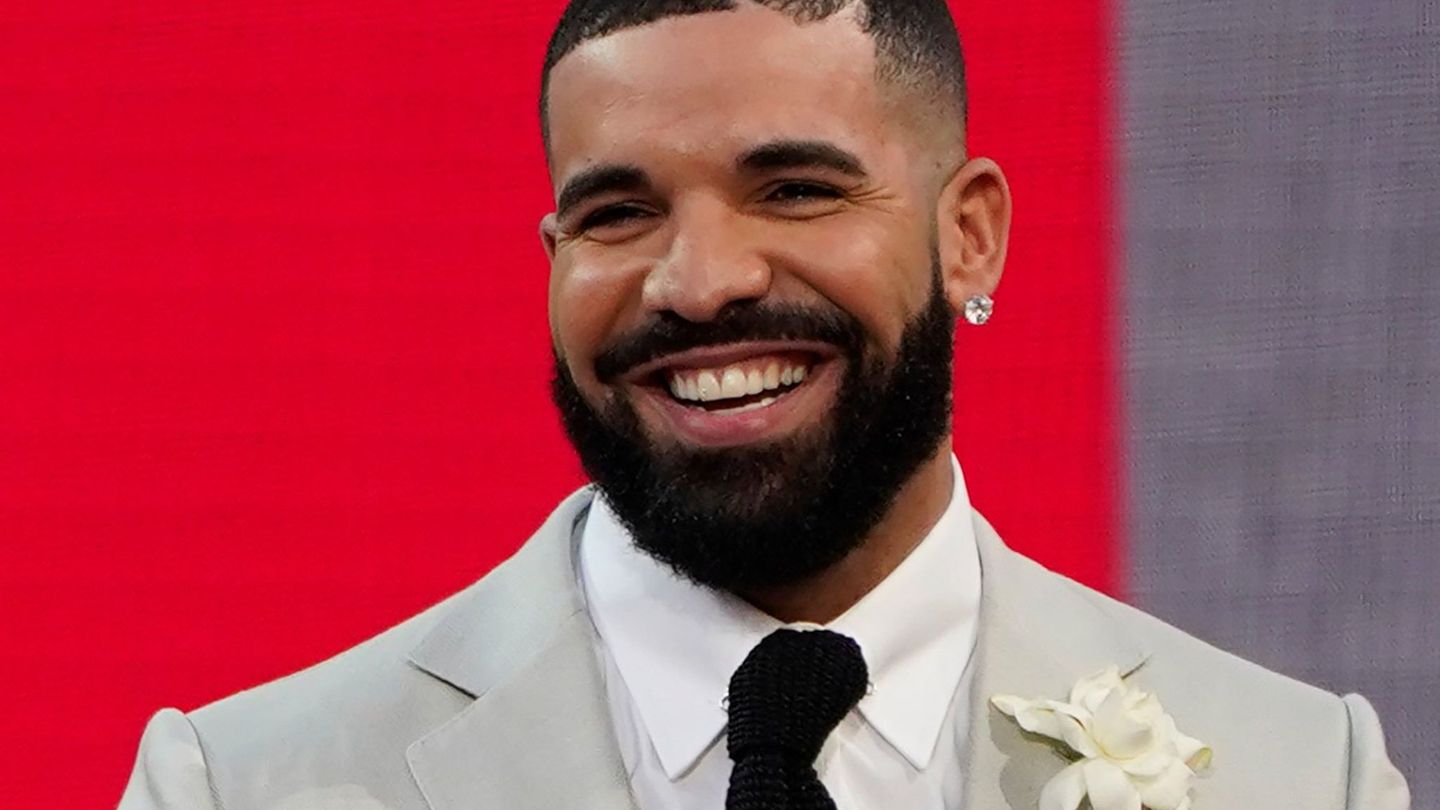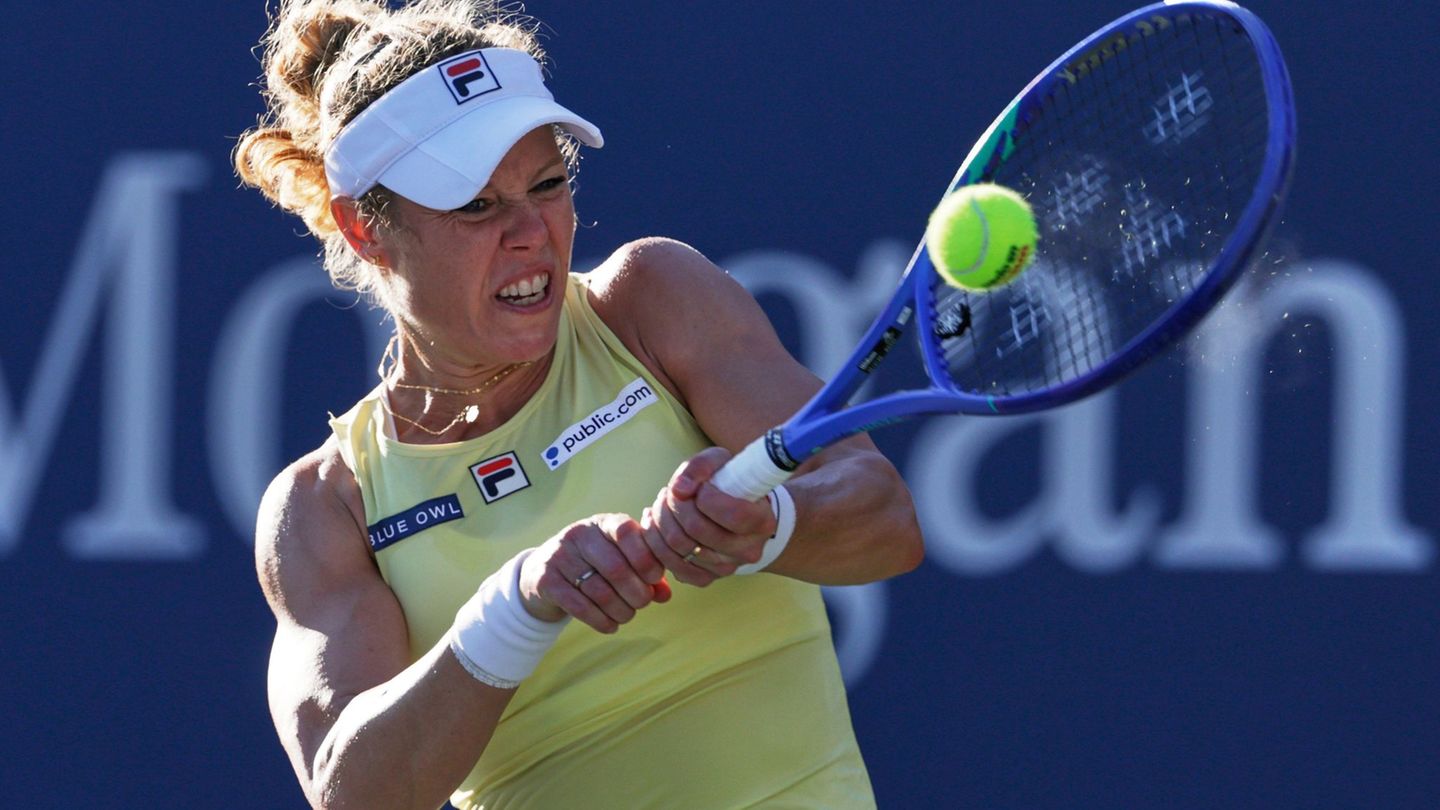Another point to highlight in this debate is the Dollars. The dollar was not a good investment in the first months of the year. After the agreement with the International Monetary Fund (IMF) in March, the dollars remained stagnant in the face of accelerated inflation. But in the last week, the rises were reactivated. Economists say that in this case, the rise seems to be due to a mixture of the situation and seasonality. But in the second half of the year, with the government’s difficulty in accumulating reserves, they could push the dollar up again and thus guarantee a return for those who bet on the greenback.
“The dollar-fixed-term discussion despite the latest you climb the CCL and the blue, the UVA fixed term continues to win. Protects against inflation and does not depend on the decisions of BCRA rates that went a little further but still lags behind expected inflation. That does not mean that perhaps in the second semester the parallel dollar becomes a little more competitivehowever the timing is difficult to predict,” said Jorge Neiro one of the economists consulted by Ambit. In this framework, he recommended: “you have to make a mix between the dollar and PF UVA.”
“We believe that in the menu of the different investments, the ammeter continues without moving. After Turkey, Argentina has the second rate the most negative real estate in the world, therefore, although 300 basic points make the PF a little more profitable, it is still steps below,” he stated. Thomas Ruiz Palacios of Consultation.
“The supportive is below the financiers, it seems that it makes sense to bet on that alternative. However, any indexed PF or indexed alternative will continue to outperform a PF that unfortunately still has a negative real rate. Looking at the inflationary dynamics with the rate adjustment and a higher crawling peg pace, all of these factors make it likely to continue to run behind inflation,” he added.
for the economist Salvador DiStefano also consulted by this means, a TEA around 69% represents a significant increase, but he assured that this decision will have a correlate in the economy: “the credit rate is going to generate such an important recession that they are going to leave few pesos for go buy dollars In the short term we can have a scenario in which the fixed term recovers positions against the dollar. I continue betting on the UVA fixed term because all the rise in alternative dollars generates more inflation that they will end up capturing by UVA. But we always propose diversified portfolios, where there have to be pesos and dollars.”
When asked about the future of parallel dollars, he predicted: “I think the dollars will continue to rise because by not carrying out structural reforms, they will continue to rise. The gap is going to grow to 100% levels.”
In this context, the analyst Alexander Alvarez suggests diversifying as follows: “For the dollar, looking at the medium-long term, we point to the MEP. The dollar will not play the carry trade game for now. The strategy today is to undervalue it as much as possible, but I don’t think they can force an upgrade up to $260-$270”.
Regarding fixed terms, he maintains that it is a good strategy to diversify “but if we measure against other assets we can take advantage of better rates with better coverage against inflation or the constant devaluation of the peso. The profile that wants to protect itself in the bank, can sustain . The PF still has a TEA of 68% and if we aim for inflation between 70% and 80% we lose.” In this framework, he reaffirmed that “the ideal would be a 50% MEP dollar mix and 50% fixed terms. We prefer MEP for those who have the opportunity to save part of it and for those whose fixed term is a relevant income and perhaps even their salary. , which maintains a fixed term”. In this sense, he remarked that they expect a dollar for $280/$290 in the third quarter, between August and September.
A measure, which does not conform enough
Salvador Di Stéfano analyzed the measure taken by the Government after the collapse of the CER Bonds and warned of the consequences for the economy: “The rise in rates is a blow to the real economy. It is terrible for activity, this is going to stagnate the economy. I thought the rate hike was wrong. The government should have announced a fiscal plan trying to lower public spending. It is a measure that does not conform. We’re going to continue to have the problem of inflation and a widening alternative dollar gap.”
In the same sense, Ruiz Palacios concluded: “The rise in rates has as its counterpart the rise in the quasi-fiscal deficit that the government has already had to pay more than 700 billion pesos in interest and a rise in rates exacerbates it even more. which is a priori a good measure, when there is no consistent macro program, not only is it not positive but it ends up being counterproductive”.
Source: Ambito
David William is a talented author who has made a name for himself in the world of writing. He is a professional author who writes on a wide range of topics, from general interest to opinion news. David is currently working as a writer at 24 hours worlds where he brings his unique perspective and in-depth research to his articles, making them both informative and engaging.




